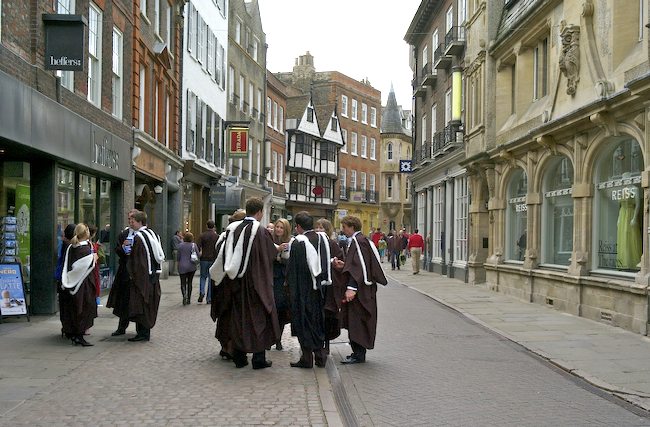From this week’s Economist.
Craig Venter and Hamilton Smith, the two American biologists who unravelled the first DNA sequence of a living organism (a bacterium) in 1995, have made a bacterium that has an artificial genome—creating a living creature with no ancestor. Pedants may quibble that only the DNA of the new beast was actually manufactured in a laboratory; the researchers had to use the shell of an existing bug to get that DNA to do its stuff. Nevertheless, a Rubicon has been crossed. It is now possible to conceive of a world in which new bacteria (and eventually, new animals and plants) are designed on a computer and then grown to order.
That ability would prove mankind’s mastery over nature in a way more profound than even the detonation of the first atomic bomb. The bomb, however justified in the context of the second world war, was purely destructive. Biology is about nurturing and growth. Synthetic biology, as the technology that this and myriad less eye-catching advances are ushering in has been dubbed, promises much. In the short term it promises better drugs, less thirsty crops, greener fuels and even a rejuvenated chemical industry. In the longer term who knows what marvels could be designed and grown?
The abstract of the article in Science reads:
We report the design, synthesis, and assembly of the 1.08-Mbp Mycoplasma mycoides JCVI-syn1.0 genome starting from digitized genome sequence information and its transplantation into a Mycoplasma capricolum recipient cell to create new Mycoplasma mycoides cells that are controlled only by the synthetic chromosome. The only DNA in the cells is the designed synthetic DNA sequence, including “watermark” sequences and other designed gene deletions and polymorphisms, and mutations acquired during the building process. The new cells have expected phenotypic properties and are capable of continuous self-replication.
The Economist has a rather good article on it (which is probably behind a paywall). It includes this elegant paragraph:
If it is a stunt, it is a well conceived one. It demonstrates more forcefully than anything else to date that life’s essence is information. Heretofore that information has been passed from one living thing to another. Now it does not have to be. Non-living matter can be brought to life with no need for lightning, a vital essence or a god. And this new power will allow the large-scale manipulation of living organisms. Hitherto, genetic modification has been the work of apprentices and journeymen. This new step is, in the true and original sense of the word, a masterpiece. It is the demonstration that the practitioner has mastered his art.
Sigh. Just when I was hoping for a quiet life. Still, it’s better than cloning Jeffrey Archer.






